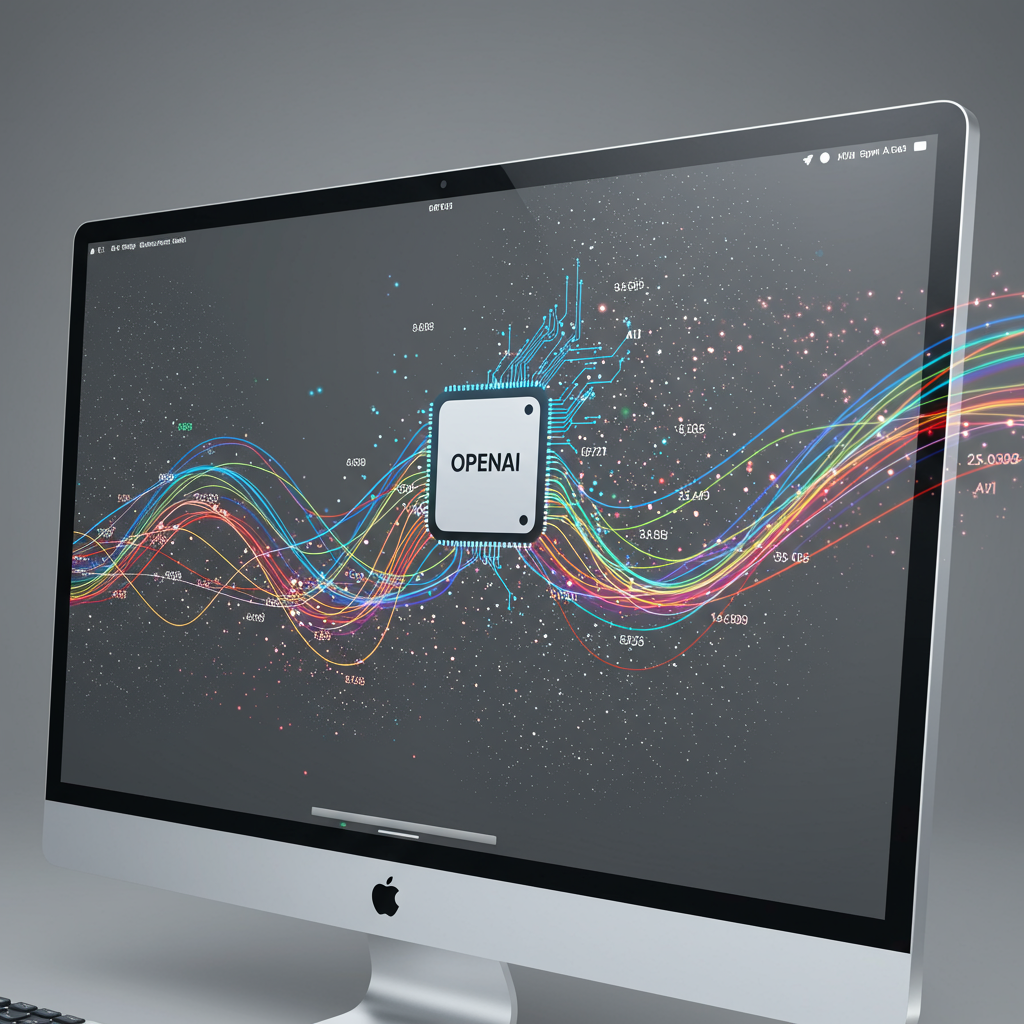Apple’s Worldwide Developer Conference (WWDC) is always a highly anticipated event, but WWDC 2025 brought an unexpected twist: the reveal of iOS 26. Yes, you read that right – Apple is officially skipping several version numbers, jumping directly from the current iOS 18 to iOS 26.
This major version leap, announced at the June 9th keynote, isn’t just about a new number; it signals a significant shift in Apple’s software strategy, accompanying a comprehensive interface redesign and a suite of powerful new features powered by artificial intelligence and focused on enhancing the user experience across the entire Apple ecosystem.
Why Did Apple Skip to iOS 26?
The most immediate question on everyone’s mind is, “Why skip from 18 to 26?” According to reports and official confirmation, Apple has decided to align its operating system version numbers with the calendar year in which they are primarily used. This move affects all of Apple’s core platforms, including macOS, watchOS, tvOS, iPadOS, and visionOS, all of which will also move to version 26.
The rationale is primarily about clarity and simplifying the lineup. With different devices running different OS versions (like iOS 18, watchOS 11, visionOS 2), it had become confusing for users to understand the relative age or recency of the software across platforms. Adopting a year-based system, similar to how car model years are designated, makes it instantly clear that ’26’ represents the software suite for the 2026 calendar year.
Even though iOS 26 was announced at WWDC in June 2025 and is expected to see its public release in September 2025, its primary period of use will be throughout 2026. Naming it iOS 26 aligns with this intended usage period, providing a consistent and intuitive naming convention moving forward. For macOS, which retains its landmark names, the year will be appended, like “macOS Tahoe 26.”
A Major Visual Overhaul: Introducing Liquid Glass
Beyond the new numbering system, iOS 26 is set to deliver the most significant graphic interface overhaul since iOS 7 revolutionized the look back in 2013. Apple is introducing a new design language reportedly called “Liquid Glass.”
Inspired by the visual style of visionOS used on the Apple Vision Pro, Liquid Glass emphasizes translucency and depth. On-screen elements like apps, widgets, buttons, and control center modules will feature a more translucent or “clear” aesthetic, designed to behave dynamically, potentially reacting to user movement with subtle highlights and shifts. Buttons in core apps like Phone and Maps are expected to adopt a new “floating” design aimed at reducing distraction while remaining easily visible.
This design refresh, sometimes referenced by the codename “Solarium,” has the ambitious goal of unifying the visual experience across all Apple platforms – iPhone, iPad, Mac, Apple Watch, Apple TV, and Apple Vision Pro. While potentially controversial for some users, the design is said to include options to adjust transparency levels.
Exciting New Features in iOS 26
iOS 26 isn’t just about a new look and name; it’s packed with functional improvements and brand-new capabilities:
Enhanced Apple Intelligence Integration: AI plays a central role, powering features like intelligent battery management that learns user habits to optimize charge time. Reports also suggest Google Gemini may be integrated into Apple Intelligence capabilities.
Revamped Communication Apps:
Phone: A redesigned, streamlined interface brings contacts, recents, and voicemail into a single view. A new “Hold Assist” feature can notify you when someone picks up after being on hold, freeing you up from listening to hold music.
Messages: Group chats get useful updates, including the ability to create polls for easy decision-making, automatically filtering spam/unknown senders into a separate folder, custom chat backgrounds, and the addition of long-requested typing indicators for groups.
Live Translation: Leveraging on-device AI, real-time two-way translation is coming to Phone calls, FaceTime, and Messages, enabling conversations across language barriers.
Dedicated Games App: Apple is introducing a new central hub for all things gaming on iPhone. This app aims to rival platforms like Steam, bringing together installed games, achievements, rankings, gaming news, and an integrated view of your Apple Arcade library, App Store game history, and friends’ activity (via a “Play Together” tab).
Visual Intelligence & Genmoji: Use AI to search for anything visible on your screen or within a screenshot, allowing you to quickly identify items like clothing or furniture. Apple is also introducing “Genmoji,” letting users combine two existing emoji to create a new one. Shortcuts automation is also set to see improvements using AI models.
Health+ Service: A new subscription service that uses AI and personal health data to provide users with a personalized health coaching experience.
- Photos App Navigation: Addressing user feedback, the Photos app will see the return of the previous tab structure (Library and Collections) for easier navigation.
- www.engadget.com
- www.futura-sciences.com
- www.vice.com
- www.stuff.tv
- www.theverge.com
Device Compatibility
While iOS 26 brings significant advancements, it won’t be available for all older devices. The update requires an iPhone 11 or later, or an iPhone SE (2nd generation, 2020) or newer.
This means that popular older models like the iPhone XS, iPhone XS Max, and iPhone XR will not be eligible to update to iOS 26. Supported models will include the iPhone 11, 12, 13, 14, 15 series, the expected iPhone 16 series, and the second and third-generation iPhone SE.
Release Timeline
Following its reveal at WWDC 2025, the iOS 26 developer beta is expected to be available shortly after. A public beta program typically follows, anticipated around mid-July. The official public release is then planned for the Fall, likely in September, coinciding with Apple’s next iPhone launch event.
In summary, iOS 26 represents a bold step for Apple, resetting its versioning strategy for clarity while introducing a fresh, unified design language and a wealth of smart, user-focused features across communication, gaming, health, and AI capabilities. It’s poised to be a transformative update for compatible iPhones.


